
Agriculture
August 8, 2024
Banza Toilet
Read SolutionImplemented by
Patrick Kiruki, Banza Sanitation
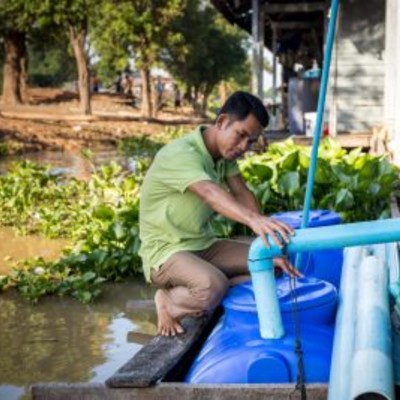
Updated on August 16, 2024
·Created on September 3, 2020
The HandyPod is a wastewater treatment system designed for use in floating dwellings and schools.
The HandyPod is a wastewater treatment system for floating communities. It is inserted under a floating house’s toilet, capturing the raw sewage and treating it within the pod using microbial biofilm processes.
The latest design is ‘amphibious’ to cope with the dry conditions, rather than being targeted for dwellings expected to be permanently afloat. It incorporates a treatment system, which can float with the house, or work equally well on land as required.
The cost per unit is dependent on the system installed to accommodate the household size. This product is a unique solution to floating households and communities. The alternative option is open defecation in rivers and lakes. Interview with Representative July 2020
Target SDGs
SDG 6: Clean Water and Sanitation
Market Suggested Retail Price
$150.00
Target Users (Target Impact Group)
Household
Distributors / Implementing Organizations
Wetlands Work! partners with local businesses to build HandyPods for households and communities. Interview with Representative July 2020
Countries
Cambodia
Manufacturing/Building Method
Wetlands Work! trains local businesses and entrepreneurs to build the product using local and sourced materials. Interview with Representative July 2020
Intellectural Property Type
Trade Secret
User Provision Model
This product is distributed by local businesses that have been trained by Wetlands Work!. Interview with Representative July 2020
Distributions to Date Status
The approximate number of Handypods distributed are as follows: 20 units installed in Cambodian schools, 25 units installed in Cambodian lake villages, and 120 units installed in Myanmar. Interview with Representative July 2020
Flow rate (L/min)
~0.01-0.02 L/min (dependent on no. of persons per household and amount of pour-flush)
Power Supply Type
No power required
Technology type
Staged wastewater treatment using microbial biofilm processes
BOD Removal Efficiency
Not measured
COD removal efficiency
Not measured
NH4-N Removal Efficiency
Not measured
TSS removal efficiency
Not measured
Total Phosphorus Removal Efficiency
Not measured
Fecal Coliform Removal Efficiency
99.99%
Design Specifications
The HandyPod treatment system is connected to the household or community facility's toilet system to capture the raw sewage and treat it within the pod using microbial biofilm processes. The treated water is then discharged back into the surrounding natural environment.
In principle, the HandyPod is composed of two stages of treatment sized for the number of people using the latrine.
Technical Support
Wetlands Work! is available to provide technical support to the social enterprise and users.
Replacement Components
Replaceable components can be provided by local businesses trained by Wetlands Work!.
Lifecycle
Approximately 5 years Correspondence with designer
Manufacturer Specified Performance Parameters
The specified performance targets include:
Vetted Performance Status
An early prototype of the HandyPod was comprised of water hyacinths. In the pilot project conducted by Engineers Without Borders with 18 HandyPods tested, water hyacinth was found to be difficult to maintain and was replaced with polystyrene filters. Regular testing was undertaken to ensure that the water quality met Cambodian standards, with the vast majority of HandyPod systems meeting the standard for lakes and reservoirs. Furthermore, surveys of students in schools indicated positive responses associated with the use of toilets connected to the HandyPods.
Safety
There are some potential hazards related to the installation and/or maintenance of the product onto the household or school. To minimize risk, these tasks should be conducted by local businesses trained by Wetlands Work!. Interview with Representative July 2020
Complementary Technical Systems
None
Academic Research and References
None
Compliance with regulations
The HandyPod discharge meets Cambodian water quality standards for recreational waters. Correspondence with designer
Evaluation methods
The manufacturer assesses the product by testing the effluent quality of 28-100 cfu/100 ml in a one-half cubic meter volume of the ambient water.
Other Information

Agriculture
August 8, 2024
Implemented by
Patrick Kiruki, Banza Sanitation
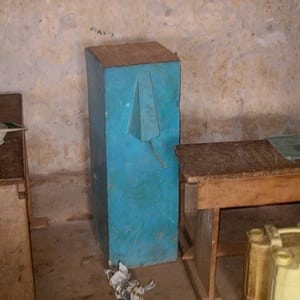
Agriculture
January 10, 2024
Implemented by
Dr. David Manz, University of Calgary
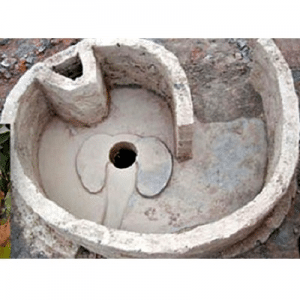
Agriculture
August 13, 2024
Implemented by
The Africa Trust
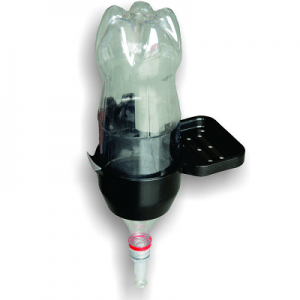
Agriculture
August 14, 2024
Implemented by
Envirosan
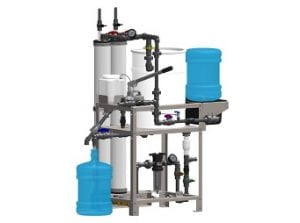
Agriculture
January 8, 2024
Implemented by
Healing Waters International
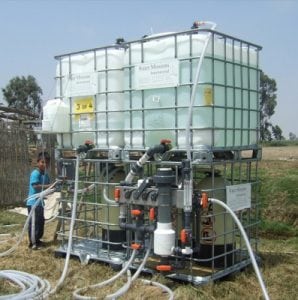
Agriculture
January 16, 2024
Implemented by
George Greene III, PE, PhD

Agriculture
January 3, 2024
Implemented by
Department of Civil and Environmental Engineering, University of Virginia
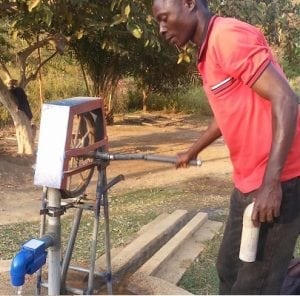
Agriculture
June 24, 2024
Implemented by
WellDone
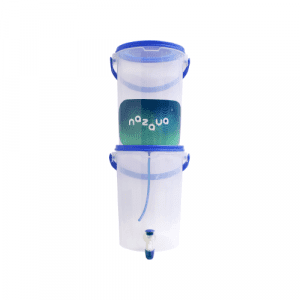
Agriculture
December 7, 2023
Implemented by
Nazava
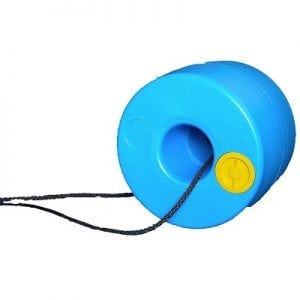
Agriculture
June 23, 2024
Implemented by
Hans Hendrikse and Pieter Hendrisikse (Q Drum)
Have thoughts on how we can improve?
Give Us Feedback